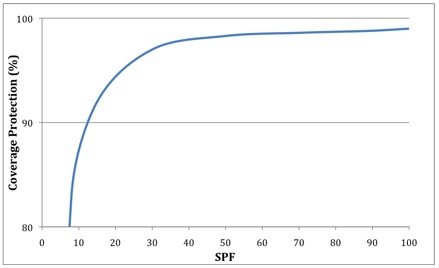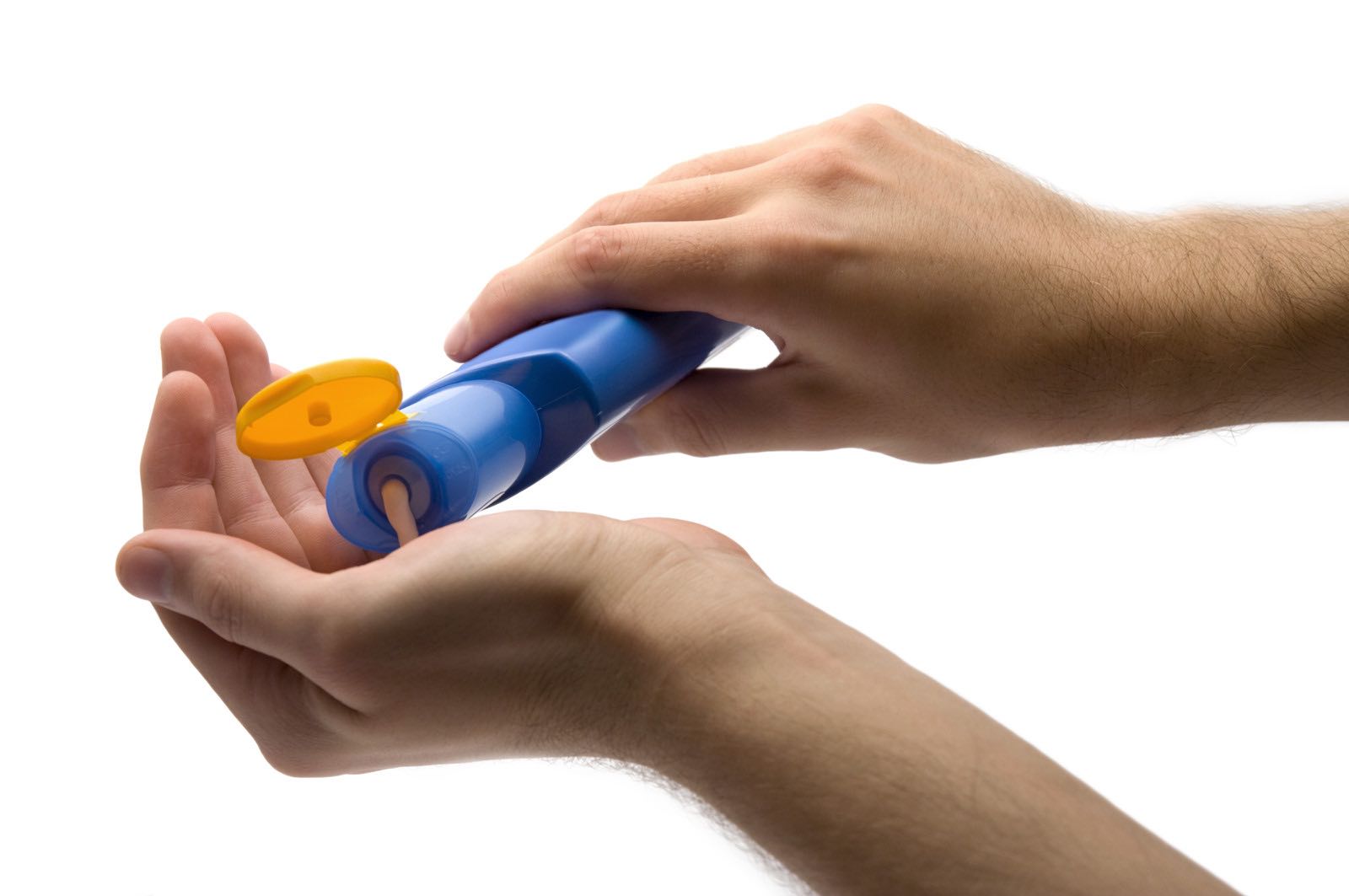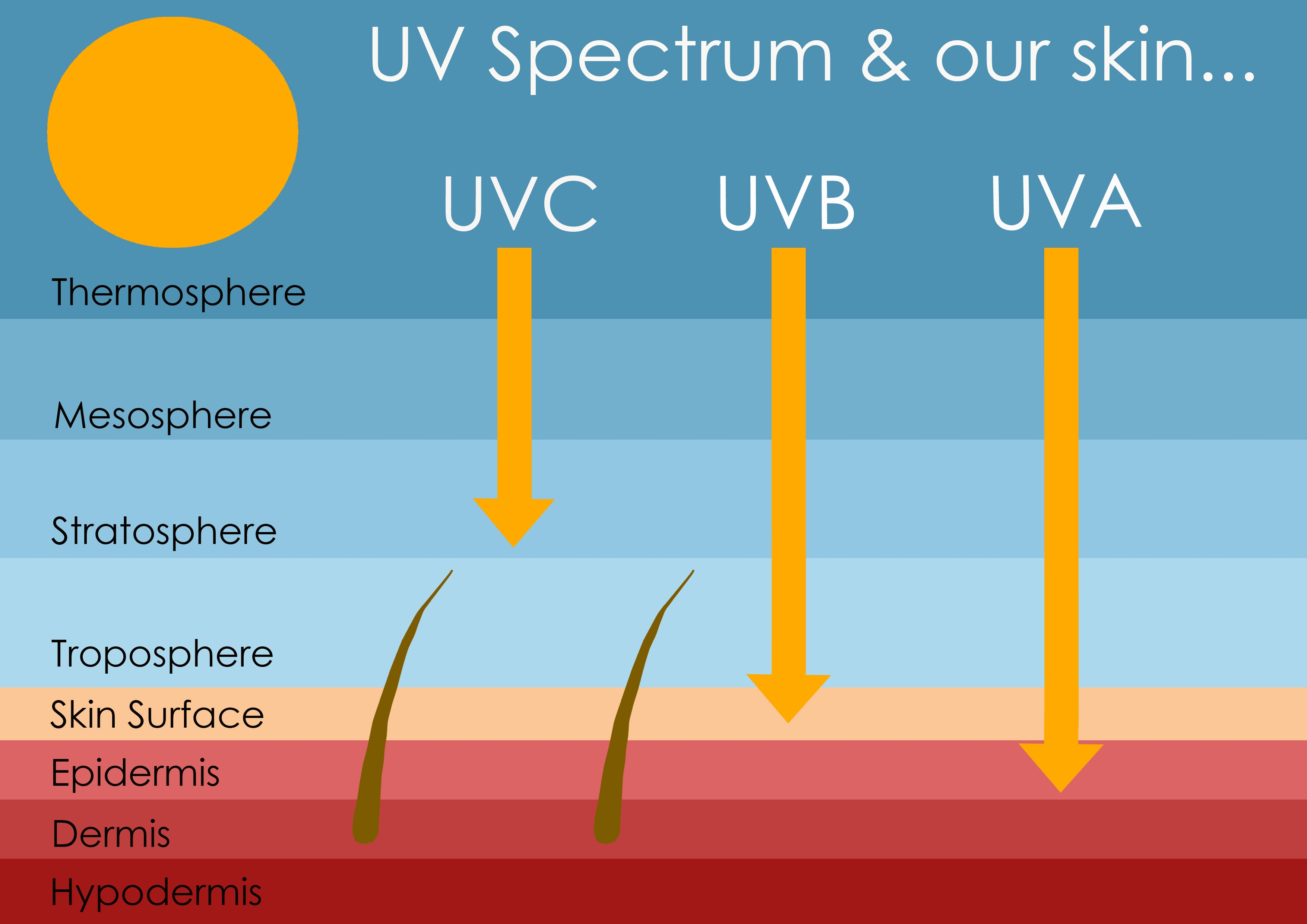UVB Rays
There are only two ultraviolet light rays from the sun - UVA and UVB - that penetrate the ozone layer and reach the earth and therefore our skins.
Due to a significant increase in the published information around the capabilities of our skin to create Vitamin D from Ultraviolet B rays, exposure has become quite a controversial subject.
Especially when it comes to sunscreens, as they may block the rays and even enhance the damage caused by the UVA rays.
UVB and Vitamin D creation
Vitamin D is certainly having its moment in time as more and more research reveals just how effective it is in combating a variety of health problems.
If you learn to embrace the sun, or learn to use the power of sunlight to obtain the health benefits of Vitamin D, you can:
- Cure Depression
- Beat certain types of Cancer
- Prevent Heart Disease
- Combat Diabetes and Alzheimer's
- Build Stronger Bones
- Live a Longer, healthier Life
However, if UVB is now considered to be beneficial to our health, UVA exposure remains something to manage effectively, as it penetrates our skin more deeply and causes free radical damage.
UVA reaches earth consistently throughout the year, from sunrise to sunset. Ultraviolet B, however, is very low in the morning and the evening. Best access to these rays from a Vitamin D production point of view, is therefore when they are most direct, ie. Midday.
As you naturally can't avoid UVA to be able to get to the ultraviolet B, it is important to protect yourself from UVA rays. Worst time to be out in the sun without protection is therefore early morning or evening as you get next to no B and only A. Effectively this means you can't produce Vitamin D and you increase the risk of getting skin cancer. The worst of both.
 UVB (SPF) coverage tapers off
UVB (SPF) coverage tapers offUVB protection and sunscreen
 apply sunscreen to avoid getting burnt
apply sunscreen to avoid getting burntSo when you have obtained enough ultraviolet B for your daily Vitamin D dose, it is important not to get sun burnt.
Using conventional methods to protect yourself from any skin damage and skin cancers is the way to go. If not protected through your clothing, use a good sunscreen on all your exposed skin.
A 'good sunscreen' will depend on your skin type but either an SPF 20 or 30 should be sufficient, together with excellent UVA coverage. Ie. a quality Broad Spectrum sunscreen. It is important to remember that an SPF 60 does not provide for double the coverage of an SPF 30. The curve bends!
In fact, anything over SPF30 provides for such a small increased amount of coverage that it does not warrant spending more money on a higher SPF. A higher SPF often induces a false sense of security where sun protection is concerned and many people then spend far longer out in the sun than they normally would and do not reapply as often as they should.
UVB at Midday?
 UVB is best absorbed when shadows are small
UVB is best absorbed when shadows are smallBesides eating certain foods that contain Vitamin D, or taking supplement tablets, an easy way to obtain a significant amount of additional Vitamin D daily, is to expose your body to the UVB rays as close to midday as possible, for about 10 - 20 minutes only, without sun protection.
However, it's probably a good idea to wear sunscreen on your face, to protect it from the photo-aging effects of UVA. Make sure the sunscreen you choose contains excellent UVA coverage.
Most important though, is to make sure you have protection from both UVA and UVB rays.





New! Comments
Have your say... please leave me a comment in the box below.